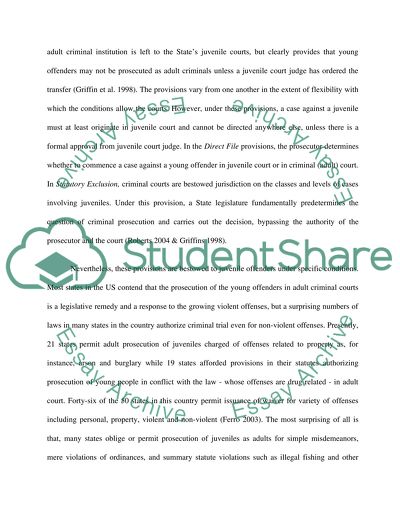Cite this document
(“Juvenile Delinquency in the USA Research Paper Example | Topics and Well Written Essays - 1500 words”, n.d.)
Juvenile Delinquency in the USA Research Paper Example | Topics and Well Written Essays - 1500 words. Retrieved from https://studentshare.org/social-science/1522168-juvenile-delinquency-essay
Juvenile Delinquency in the USA Research Paper Example | Topics and Well Written Essays - 1500 words. Retrieved from https://studentshare.org/social-science/1522168-juvenile-delinquency-essay
(Juvenile Delinquency in the USA Research Paper Example | Topics and Well Written Essays - 1500 Words)
Juvenile Delinquency in the USA Research Paper Example | Topics and Well Written Essays - 1500 Words. https://studentshare.org/social-science/1522168-juvenile-delinquency-essay.
Juvenile Delinquency in the USA Research Paper Example | Topics and Well Written Essays - 1500 Words. https://studentshare.org/social-science/1522168-juvenile-delinquency-essay.
“Juvenile Delinquency in the USA Research Paper Example | Topics and Well Written Essays - 1500 Words”, n.d. https://studentshare.org/social-science/1522168-juvenile-delinquency-essay.


